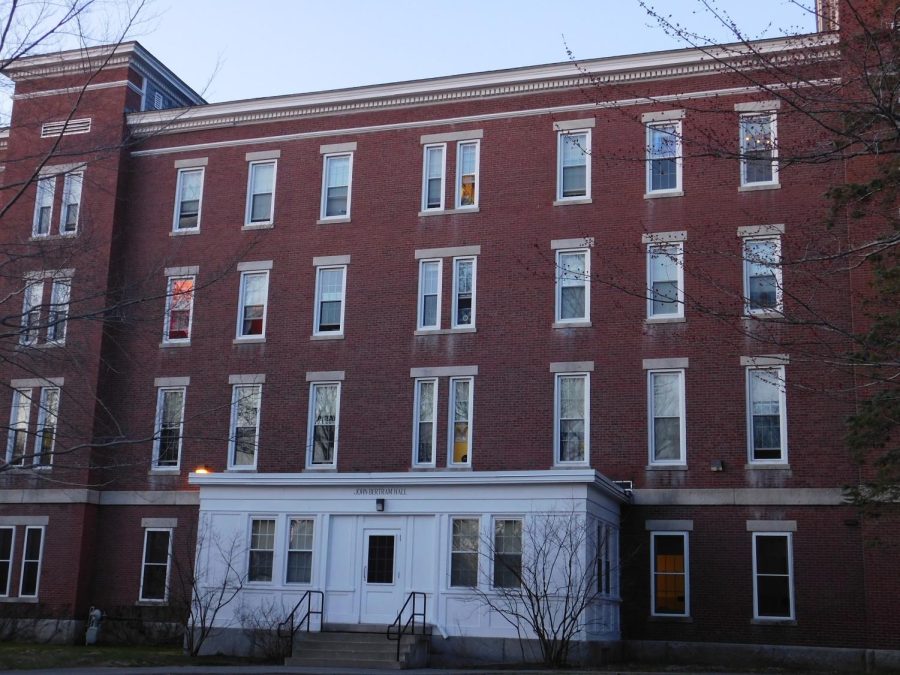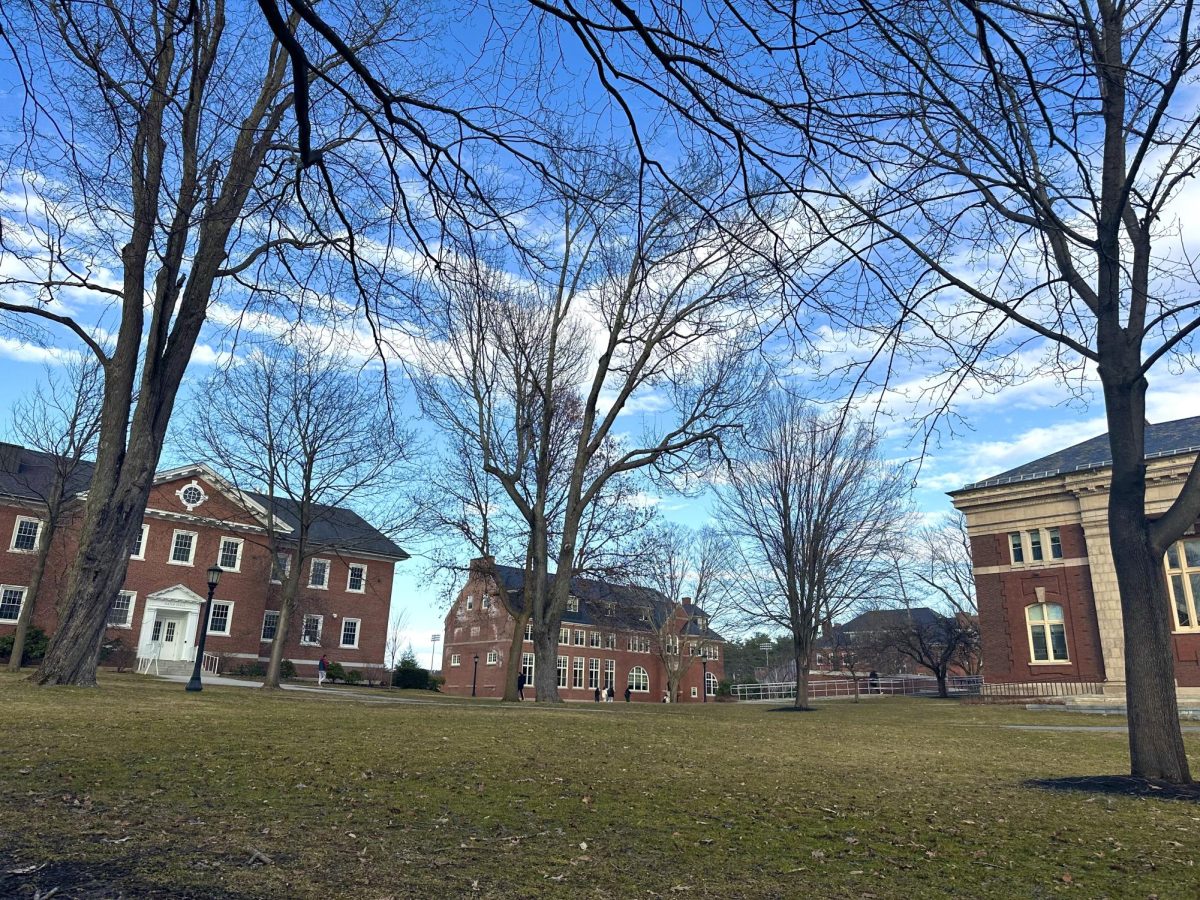On March 8, 2018, The New York Times unraveled a new series of obituaries dedicated to important figures from the past for whom they had neglected to publish an obituary when their natural lives came to an end. The Times acknowledges that the majority of the obituaries they have published and continue to publish are those of white men and dedicated this project, on International Women’s Day, to giving due to people who had been “overlooked” in the past. This project is seen as a collaboration between many different people who work at or with The Times, but also with the greater community: readers and such. Readers or those curious are able to submit names of people they felt may have contributed to meaningful conversations or society writ large. A handful of obits have been curated under this project so far including those of Ida B. Wells and Charlotte Bronte. Additionally, Amisha Padnani, an editor for The Times and creator of Overlooked, said that she encouraged her writers to take a non-traditional approach to the writings of these obituaries, in order to present a creative and nuanced re-telling of the achievements these people, mostly women, garnered throughout their respective lifetimes.
Padnani conceived the idea for this project when she came across a woman who had been credited with introducing tennis to America, and realized she was excluded from the obit section. After further research, Padnani saw a pattern that troubled her: many significant women, especially women of color, were excluded from receiving a Times Obituary. William McDonald, the obituaries editor of The New York Times, revealed that on average around 155,000 people die between the printings of The Times and the paper usually runs 3 obituaries per issue, leaving his team with a lot of decisions to make. According to him, the main criteria of entry is newsworthiness, or the number of people who will care about your death enough to read about it, which is in part why he believes the obituaries continue to be dominated by white men. He writes, “Unlike the rest of the newsroom, the obituaries desk covers the past, not the present.” McDonald argues that the obits look back on what the world was and not the direction it is moving or the way we wish it had been and thus the obituary pages are decades/generations behind the current times and the purported equality we have begun to embrace. He also notes that women, people of color, openly gay people, and other marginalized groups were not given the platform to make history or to effect such large change that their death would be considered globally newsworthy.
While one can only speculate the reasons people such as Sylvia Plath were not given an obituary at their time of death, the Overlooked project provides a platform for a discussion regarding reparations and correcting past injustices. On the one hand, it is incredibly important that the stories of the lives of people like Nella Larsen are shared and celebrated, but does that also provide a means of reducing guilt and not truly apologizing for years of mistreatment? I feel this project is incredibly important, but, like most things in modern American society, there is a need for a caveat or, at least, an acknowledgement of why these women were not properly celebrated throughout their lives and in their time of death.








